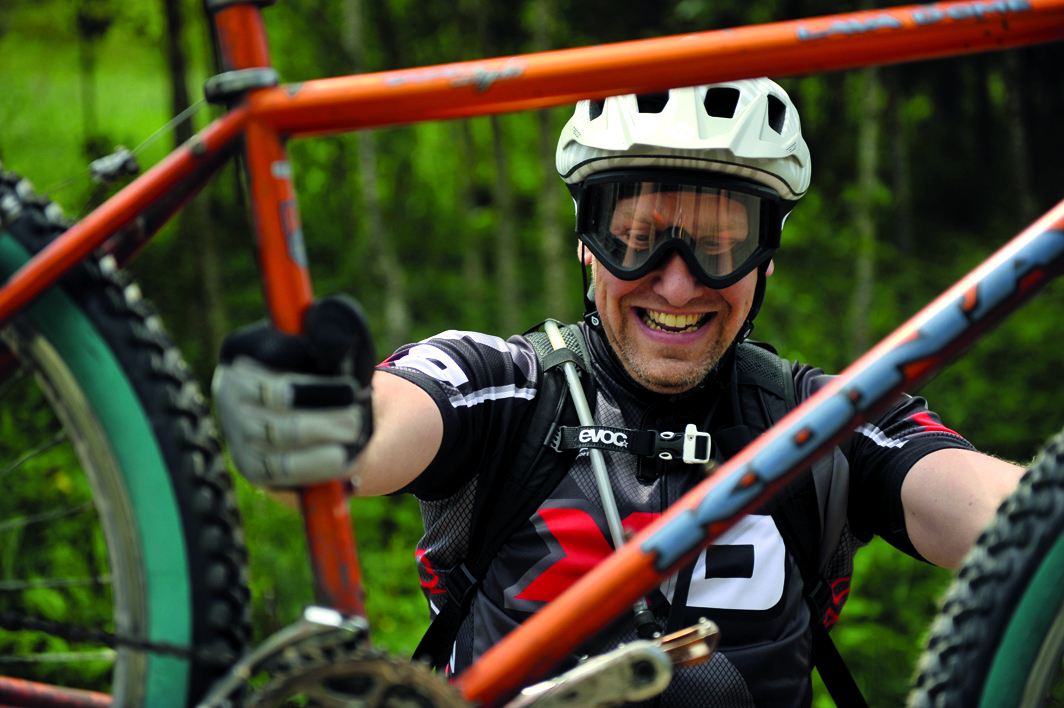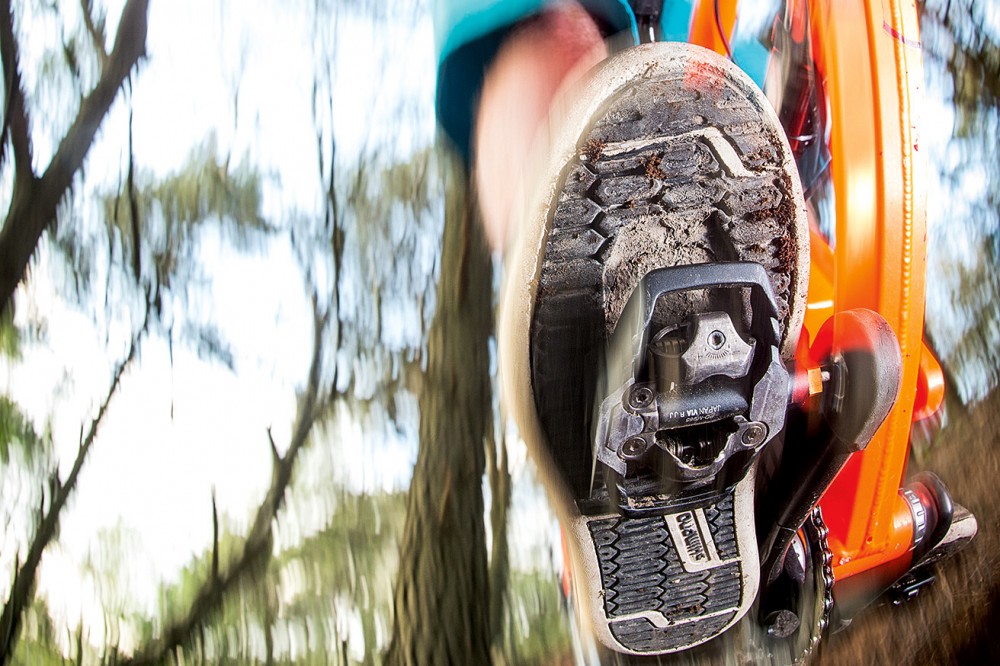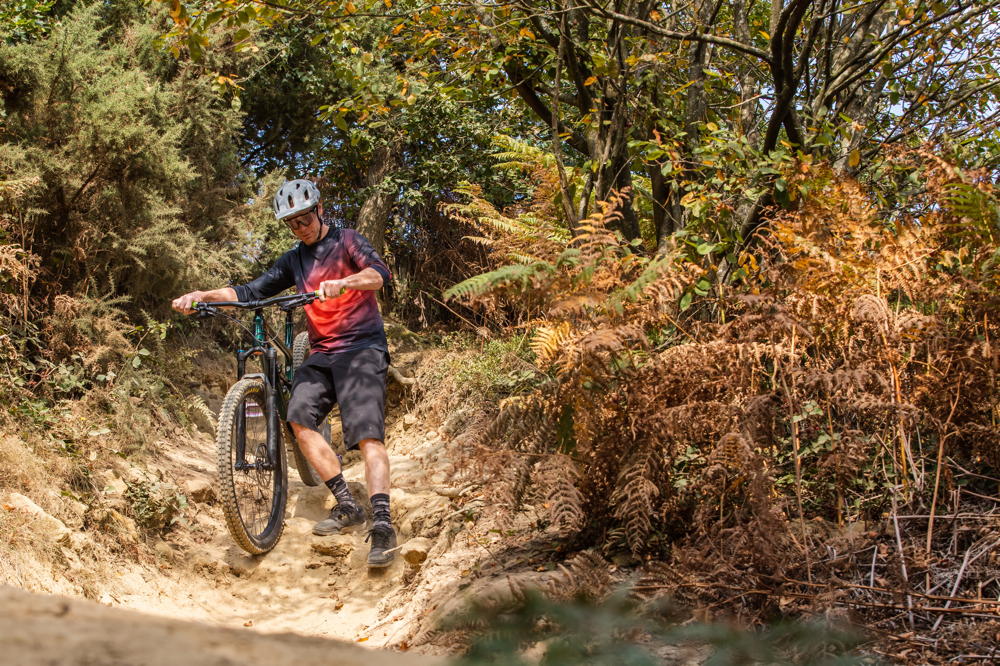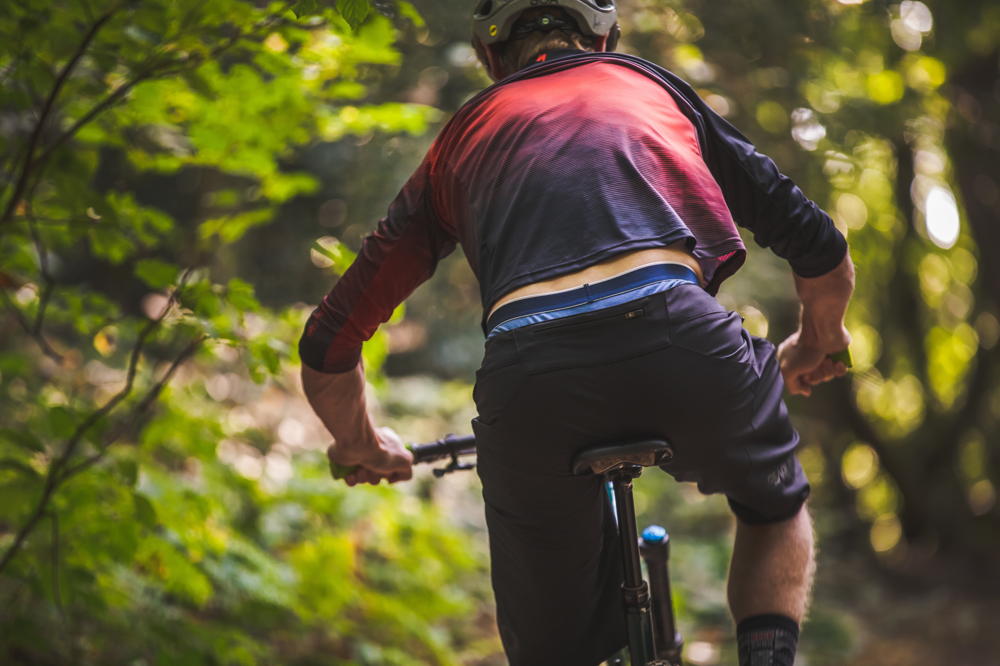Everyone remembers a disaster ride. Even if it was something of a disaster it was no doubt a memorable one. Here are some classic MTB mistakes.
The biggest mistakes of mountain bikers
But you still stuck with it didn’t you? That’s because even bad bike rides are good. And what’s better than losing your virginity? Helping somebody else lose their mountain biking virginity.
Read more: Got your first proper mountain bike this year? Five essential upgrades
1. Wearing pants
If you don’t know, you don’t know. How would you? Pants aren’t meant to be worn under your shorts. Get yourself a chamois or padded liner short and you’ll instantly have a more pleasant and comfortable ride, with no seams or creases to chafe away your fun.
Lots of mountain bike baggies come with them, lots don’t though but you can buy them separately. Gore, Scott and Troy Lee Designs makes some of the best, but there are some crazy cheap ones out there – we saw some on wish.com for £2.

2. Riding without any prep
Bike set-up doesn’t need to be complicated or onerous or confusing (at least not when you start out), it starts with the simple things that really make riding safer and more fun. First check your tyre pressures – as a ballpark figure not less than 20psi or more than 30. Just right and you’ll avoid a overly firm and harsh ride, improve your grip, and still ride away without a flat.
Figure out your saddle next – you need to have it high for pedalling up and drop it low for the descents so you can get low to the bike. That’s easy if you have a dropper post, but entry-level hardtails don’t have them. Familiarise yourself with the quick-release lever on the seat tube, or buy one online and fit it if your bike doesn’t come with one.
Then setting your fork up – if your bike has an adjustable air spring then get hold of a shock pump and set the sag to 25 per cent. Sag is how much the fork compresses into its travel when you’re sat on the bike, go to bit.ly/setsag and watch our video. The next most important thing is the rebound, or the speed the fork returns to its full extension – you want it slow enough that it doesn’t feel like an ejector seat, but fast enough to keep the fork from getting stuck down under repeated hits.

3. Jumping straight in to clipless pedals
Even if you’ve come from a road background and you’re used to how clipless pedals feel, don’t use them off-road. At least not right away. That’s because the best way to learn how to control your bike properly is on flats, where your only choice is to push the bike into the ground for grip. If you’re clipped in you’ll end up cheating and lifting the bike off the ground. Definitely come back to clipless pedals later if you like (although plenty of experienced riders don’t) because it does offer a more solid connection with your bike.

4. Reading online about how your front brake does all the work
It’s true, your front brake does provide most of the stopping power, and if you’ve done any reading online about getting into mountain biking you’ll probably have heard how you need to use it more. But your rear is actually far more useful, you’ll use it way more to scrub off speed gently and in a controlled way, without the risk of your front washing out. On long descents it’s always the back brake that heats up the most, simply because you use it more. We’re not saying don’t touch the front, but it needs more finesse.

5. Pushing down pretty much everything
It takes a while to realise that mountain bikes will actually ride down pretty much anything if you just let them. Your first ride is mostly spent being terrified of going over the bars. There is a way round this though, and it all comes down to body position – get lower on the bike, not further back but lower, and it’ll keep your centre of gravity down. Ask your more experienced riding friends to show you how it’s done, watch how they move on the bike and the lines they take and ask why they’re doing that. Mountain biking at its best is about inclusion, fun and development, so they should have no problem passing on the knowledge.
More classic first time moments
Wearing inappropriate clothing: either chafing yourself to death in jeans on an all day epic in the Brecon Beacons, or wearing far too much proper cycling gear and boiling to death round a lap of Glentress.
Not taking enough stuff: drinking all your water and eating all your food before you’ve reached the top of the first climb is a classic move. So is not taking anything to repair your bike and having to cadge stuff of passers-by or your riding mates.
Incorrect seatpost height: too low on the climbs, too high on the descents. Sore back, tired thighs, bruised body.
Pushing down pretty much everything: it takes a while to realise that mountain bikes will actually ride down pretty much anything if you just let them. Your first ride is mostly spent being terrified of going over the bars.
“Are we there yet?”: you initially don’t moan too much to your ride guide but after a while… you snap. You then do the following…
Asking about everything: you then want someone to describe the sections as you approach them in minute detail complete with detailed instructions on how to ride/survive them(even though you won’t listen and will need to ask again mid-way through). You will then turn focus to your bike and query every single way each component is set up.
Never being in the correct gear: related to the last point, even if you do ask about what gear to be in at any – and every – given point, you won’t really know what the gears do or how they work.
Flicking Vs at your riding buddies behind their back: as you flounder and sweat your way around trails that your experienced and annoyingly casual riding mate simply glides along, you will at some point make a rude gesture behind their back. Most probably after they’ve said something like, “that wasn’t actually too bad was it?”
Groin on top tube: you then realise it’s not going over the bars that you need to be wary of (OTB crashes are usually fine), it’s landing groin-first on to your top tube and/or stem that is the real killer. Wince.




